When I decided to replace the windows and doors in my home, I wanted something that combined style, durability, and energy efficiency without breaking the bank.
After months of research and countless conversations with contractors, I landed on Polaris Windows & Doors.
Trust me, you’ll want to consider them too. Their reputation for quality vinyl products, backed by decades of experience, makes them a standout choice. Whether you’re upgrading for aesthetics or energy savings, Polaris delivers.
Let me walk you through my experience and why I think you should give them a serious look.
My Journey With Polaris Windows & Doors
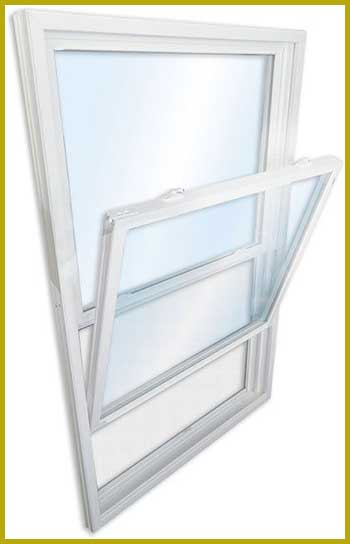
A few years ago, I moved into a charming but drafty older home in Ohio.
The windows were single-pane relics, rattling in their frames, and the front door looked like it had seen better days.
My energy bills were through the roof, and I could feel the winter chill creeping in.
I knew I needed a serious upgrade, so I started researching replacement windows and doors.
That’s when I stumbled across Polaris Windows & Doors, a company based in Youngstown, Ohio, with over 75 years in the business.
Their focus on vinyl windows and doors caught my attention, especially since vinyl promised low maintenance and solid energy efficiency.
I decided to go with their UltraWeld series for my windows and a custom entry door. The process started with a local dealer who walked me through the options.
I was impressed by how patient they were, answering my endless questions about U-factors, argon gas, and warranty details. Installation day was a breeze—two days for 12 double-hung windows and the door.
The crew was professional, cleaning up every speck of debris before they left. The first thing I noticed was how quiet my home became. No more street noise sneaking in.
My energy bills dropped noticeably within a month, and the sleek white frames gave my house a fresh, modern look. I even got compliments from neighbors! Using these windows daily feels effortless—the sashes glide smoothly, and the locks are sturdy yet easy to operate.
Honestly, choosing Polaris felt like a win, but I’ll get into the specifics so you can decide if they’re right for you.
The Upsides of Choosing Polaris
- Exceptional Energy Efficiency

One of the biggest reasons I went with Polaris was their energy efficiency.
The UltraWeld windows I chose are Energy Star certified, with low-E coatings and argon gas-filled panes that keep heat in during winter and out during summer.
My heating bill dropped by about 20% the first winter, which was a pleasant surprise.
The tight seals also mean no drafts, making my home feel cozier year-round.
- Durability That Lasts
Vinyl windows are known for their longevity, and Polaris doesn’t disappoint. The UltraWeld series uses fusion-welded frames, which makes them incredibly strong.
I’ve had mine for three years now, and they still look brand new despite harsh Ohio winters and humid summers. Unlike wood, there’s no warping or rotting to worry about, which is a huge relief.
- Aesthetic Flexibility
Polaris offers a range of styles—double-hung, casement, awning, and even bay windows—so I could customize each room’s look. I went with classic white frames, but they offer other colors like brown or beige if you want to mix things up.
The clean lines and slim profiles gave my home a modern edge without clashing with its traditional vibe.
- Affordable Quality
I was bracing for a budget-busting project, but Polaris surprised me with their pricing. The UltraWeld series, their top-tier line, was competitive with mid-range options from other brands.
For 12 windows and a door, I paid around $9,500, including installation. That’s a steal compared to some quotes I got pushing $15,000 for similar setups.
- Transferable Warranty
The lifetime limited warranty on Polaris windows gave me peace of mind. It covers the frame, sash, and glass, and it’s transferable if I ever sell my home. That’s a big selling point, especially since some brands limit warranties to the original owner.
Knowing I’m covered for decades feels like a safety net.
The Downsides of Polaris Windows & Doors To Consider
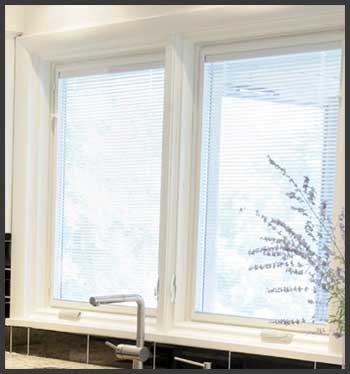
- Limited Material Options: One thing I noticed early on is that Polaris sticks to vinyl. If you’re dreaming of wood or fiberglass frames for a specific aesthetic or performance, you’ll need to look elsewhere. I didn’t mind since vinyl suited my needs, but it’s worth noting if you’re set on other materials.
- Regional Availability: While Polaris is available in 38 states, they’re not as widespread as some bigger names like Andersen or Pella. I was lucky to live near their Ohio base, but if you’re in a remote area, finding a dealer might take some effort. I heard from a friend in a rural part of Texas who struggled to get a local installer.
- Warranty Caveats for Non-Original Owners: The transferable warranty is a plus, but I learned it comes with a catch for secondary owners. If you buy a home with Polaris windows, the warranty might not cover as much as it does for the original purchaser. For example, some components like seals might have shorter coverage periods. It didn’t affect me, but it’s something to keep in mind if you’re buying a pre-owned home.
- Color Limitations: While I love my white frames, Polaris’s color options are somewhat limited. They offer a few shades, but if you’re after bold or custom colors, you might feel restricted. I considered a darker frame for my exterior, but the options didn’t quite match my vision, so I stuck with white.
Keeping Your Polaris Windows & Doors In Top Shape
- Regular Cleaning for Lasting Shine
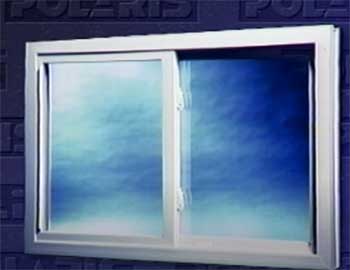
Maintaining Polaris windows is a breeze, which is one reason I love them.
I clean mine every few months using a mild dish soap mixed with water.
A soft sponge or cloth works best to avoid scratching the vinyl.
For the glass, I use a standard glass cleaner and a microfiber cloth to prevent streaks.
Avoid abrasive cleaners—they can damage the frame’s finish. I spend about 10 minutes per window, and they sparkle like new.
- Inspecting Seals and Weatherstripping
Every six months, I check the weatherstripping and seals around my windows and doors. Look for cracks or gaps where air might sneak in. If you notice wear, a quick call to your installer can get replacements under warranty.
I had a small gap in one window’s seal after a storm, and Polaris sent a replacement part no questions asked.
- Lubricating Moving Parts
The sashes and locks on my double-hung windows glide smoothly, but I give them a little TLC annually. A silicone-based lubricant on the tracks keeps them moving effortlessly.
Don’t use oil-based products—they attract dirt and gunk up the works. A quick spray and wipe-down take less than five minutes per window.
- Checking for Condensation
If you see condensation between the panes, it could mean a failed seal. I haven’t had this issue, but I keep an eye out during humid months.
If it happens, contact your installer immediately—Polaris’s warranty should cover it if you’re the original owner. Regular exterior checks after heavy rain help catch issues early.
- Door Maintenance Tips
My Polaris entry door requires minimal upkeep, but I clean the frame with soapy water and inspect the hinges yearly. A drop of lubricant on the hinges keeps them quiet and smooth.
If you have a glass panel, treat it like your windows with regular cleaning to maintain clarity.
How Polaris Stacks Up Against The Competition?
- Lindsay Windows: A Budget-Friendly Alternative
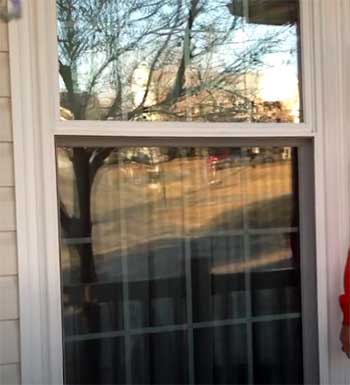
When I was shopping around, Lindsay Windows caught my eye for their affordability.
Their Pinnacle series, which I considered, is a solid vinyl option with decent energy efficiency.
However, I found their frames less robust than Polaris’s UltraWeld.
Lindsay’s windows felt a bit flimsier during showroom tests, and their warranty wasn’t as comprehensive.
Polaris’s fusion-welded frames and transferable lifetime warranty gave them an edge for me.
If you’re on a tight budget, Lindsay might work, but I felt Polaris offered better long-term value for a slightly higher price.
- Feldco Windows: Midwest Reliability
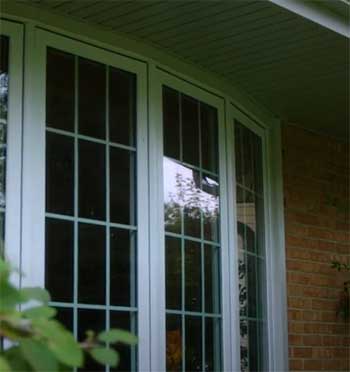
Feldco, based in Illinois, was another contender I explored.
Their Sophia series is a premium vinyl window that rivals Polaris’s UltraWeld in energy efficiency.
I liked Feldco’s reputation for professional installation, and their customer service reviews were glowing.
However, their pricing was higher—my quote for a similar project was about $11,000 compared to Polaris’s $9,500.
Feldco’s customization options were also less flexible, with fewer style choices.
I went with Polaris for the cost savings and broader style range, but Feldco is a strong choice if you prioritize local service in the Midwest.
- NEWPRO Windows: New England’s Favorite
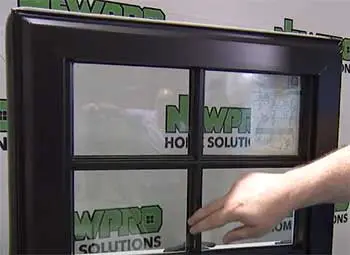
NEWPRO Windows, popular in New England, offered a compelling pitch with their triple-pane options.
Their windows promised excellent insulation, which was tempting for my drafty home.
However, their quotes were steep—around $13,000 for my project.
I also found their vinyl frames less visually appealing than Polaris’s sleek designs.
NEWPRO’s warranty was solid but non-transferable, which was a dealbreaker since I might sell my home someday.
Polaris won out for its affordability and transferable warranty, but NEWPRO could be ideal if you’re in their service area and want premium insulation.
- SoftLite Windows: High-End Performance
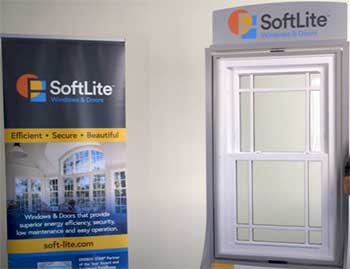
SoftLite’s Elements series was the priciest option I considered, with a quote of $14,500 for my home.
Their windows boast top-tier U-factors and air infiltration ratings, making them a favorite for energy-conscious homeowners.
I was impressed by their triple-pane options and sturdy frames, but the cost felt hard to justify when Polaris’s UltraWeld offered comparable performance for less.
SoftLite’s warranty was also less flexible for non-original owners.
If you’re after flagship performance and don’t mind the premium, SoftLite is fantastic, but Polaris gave me the best balance of quality and price.
Frequently Asked Questions (FAQ)
Polaris windows, especially their UltraWeld and ThermalWeld series, are built to last. With proper maintenance, I’ve heard from contractors that they can easily last 20 to 30 years or more. My own UltraWeld windows are three years in and show no signs of wear. The vinyl material resists warping and rotting, and the lifetime warranty covers major issues, so you’re protected for decades.
Picking the “best” company depends on your needs, but I chose Polaris for their balance of quality, affordability, and warranty. They’re not as flashy as Andersen or Pella, but their vinyl windows perform exceptionally well for the price. If you want premium materials like fiberglass, SoftLite or Marvin might edge them out. For me, Polaris hit the sweet spot.
Polaris uses double- or triple-pane glass with low-E coatings and argon gas fill in their UltraWeld and ThermalWeld series. This setup boosts energy efficiency by reducing heat transfer. My UltraWeld windows have double-pane glass, and I’ve noticed a big difference in insulation compared to my old single-pane windows.
Polaris windows are manufactured in Youngstown, Ohio. I liked knowing they’re made in the USA, and their local production seems to contribute to their consistent quality. The company has been crafting windows there since 1959, which adds to their credibility in my book.
My Final Thoughts On Polaris Windows & Doors
After living with Polaris Windows & Doors for a few years, I can confidently say they’re worth your consideration. Their energy efficiency, durability, and reasonable pricing make them a smart choice for any homeowner.
The installation process was smooth, and the results transformed my home’s comfort and look. If you’re ready to upgrade your windows and doors, give Polaris a call—you won’t be disappointed.
